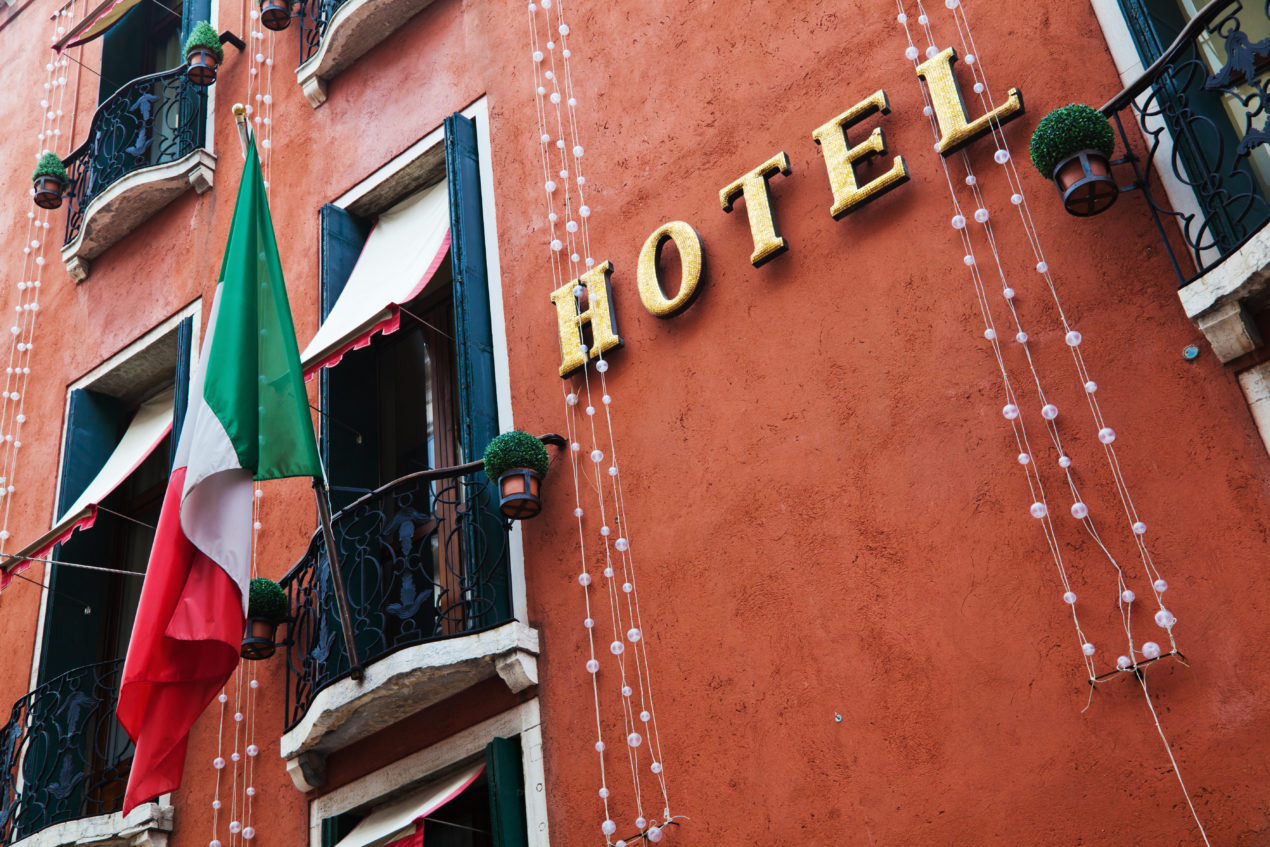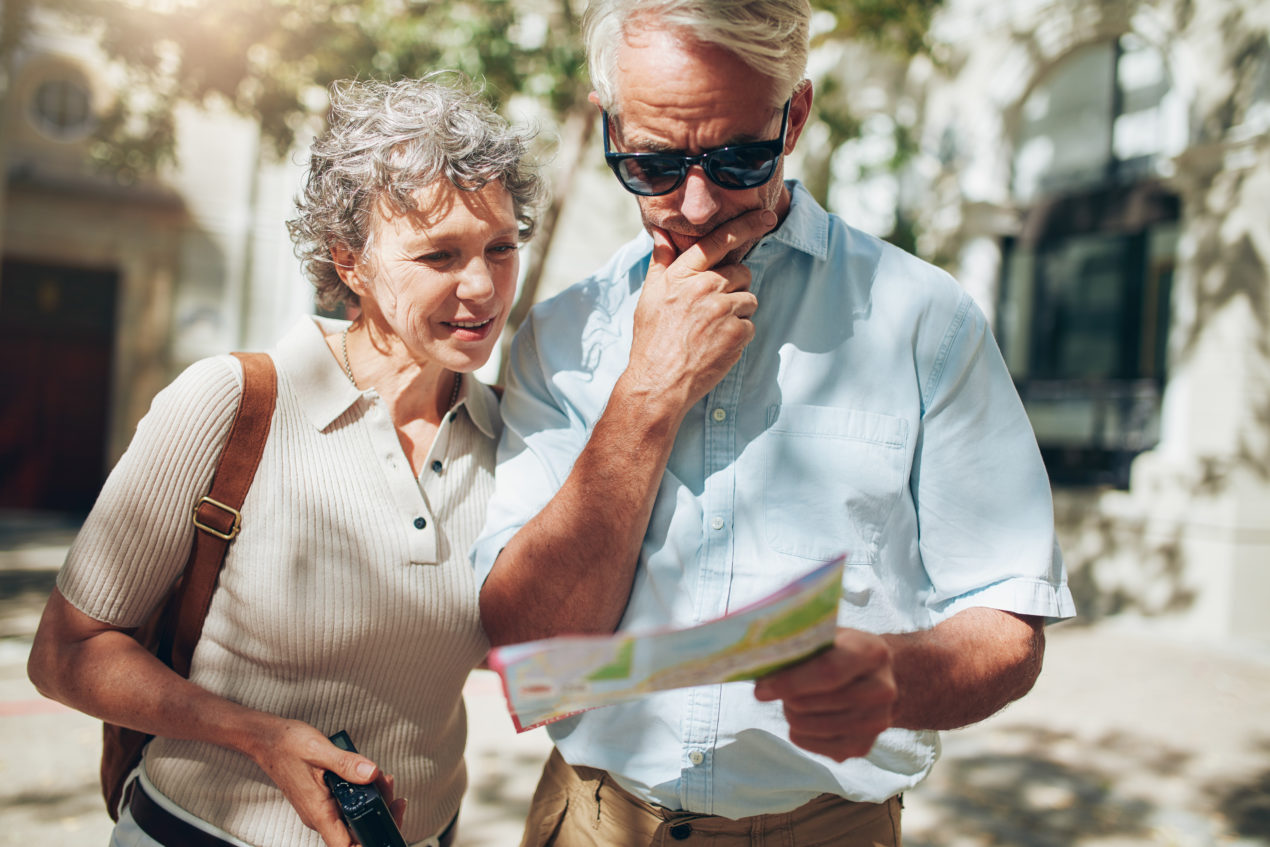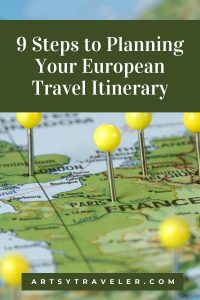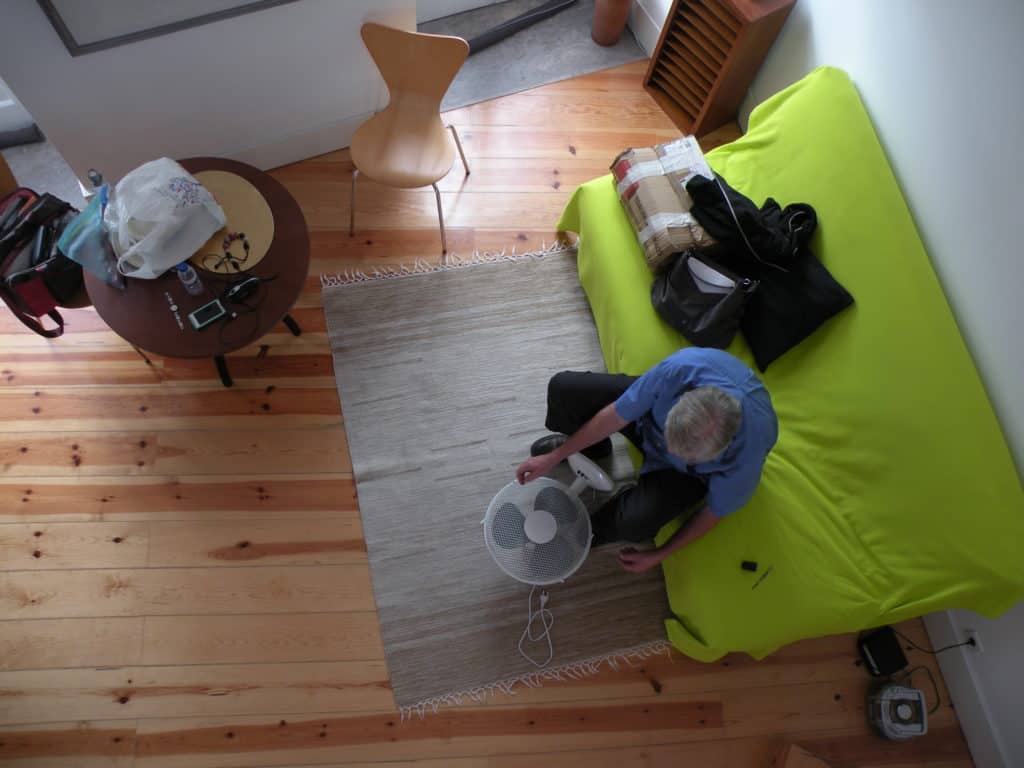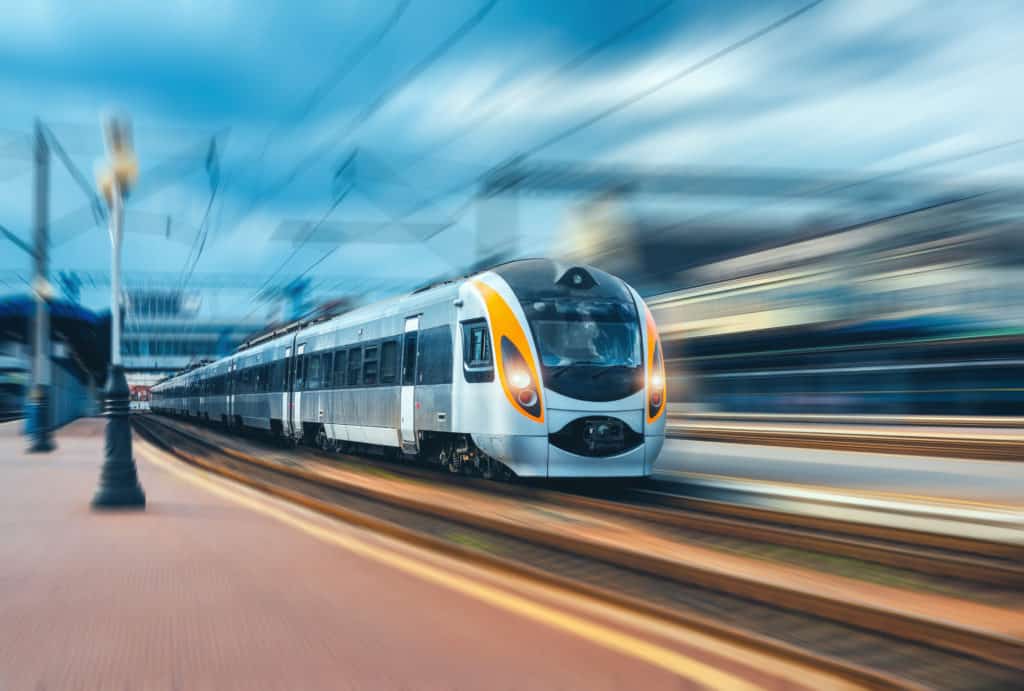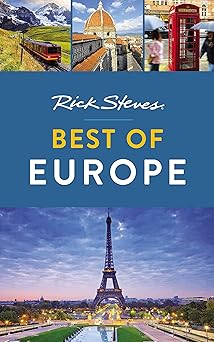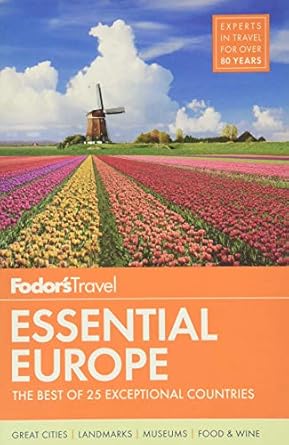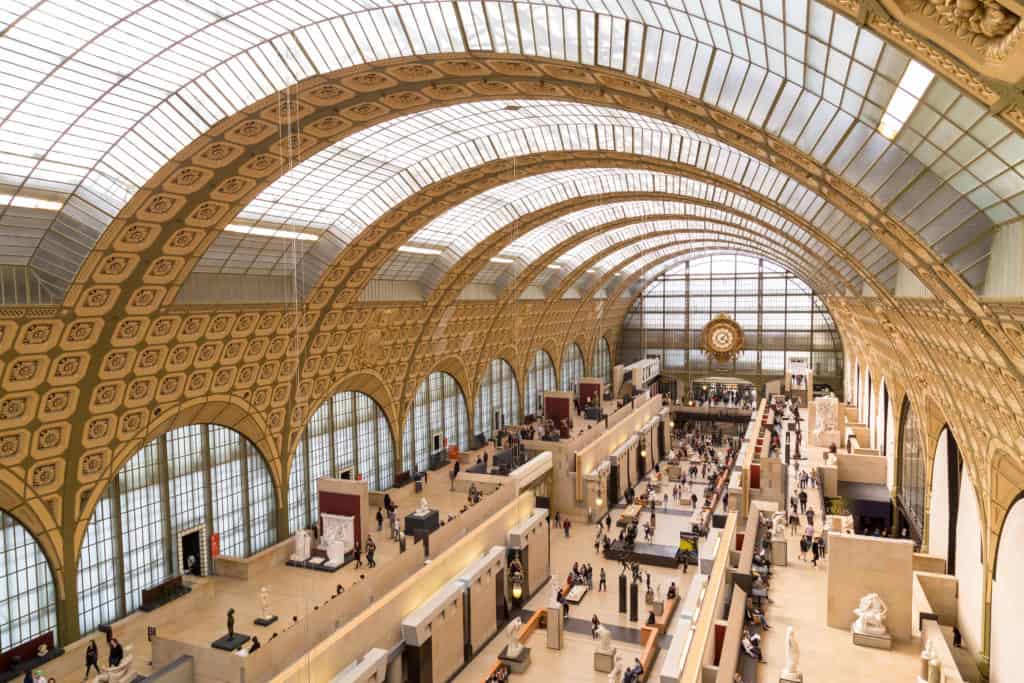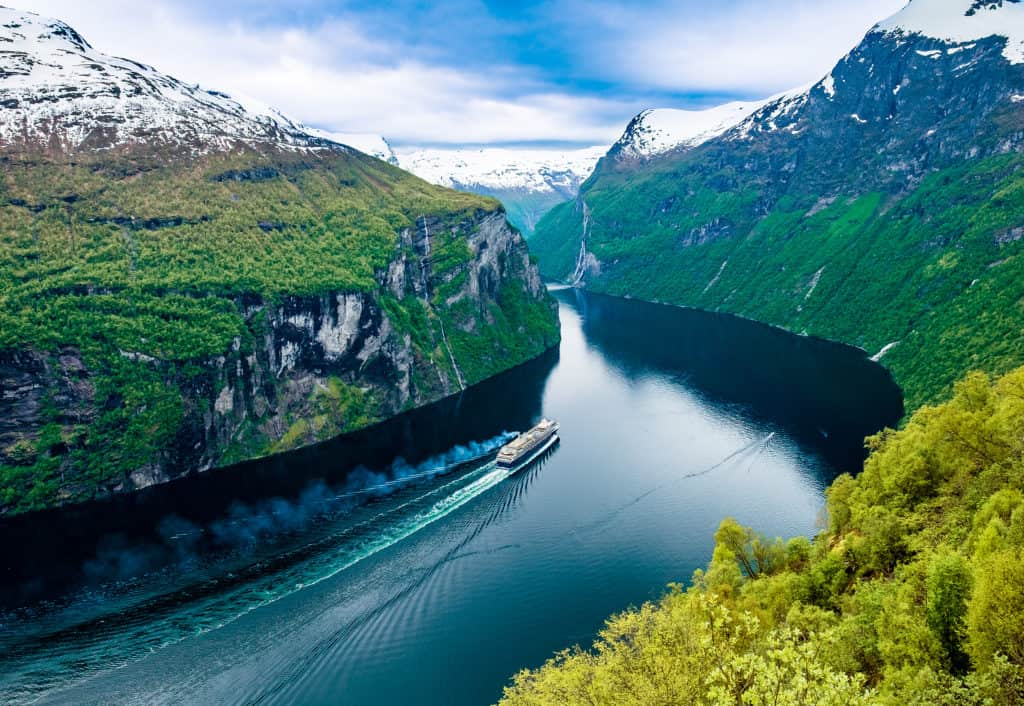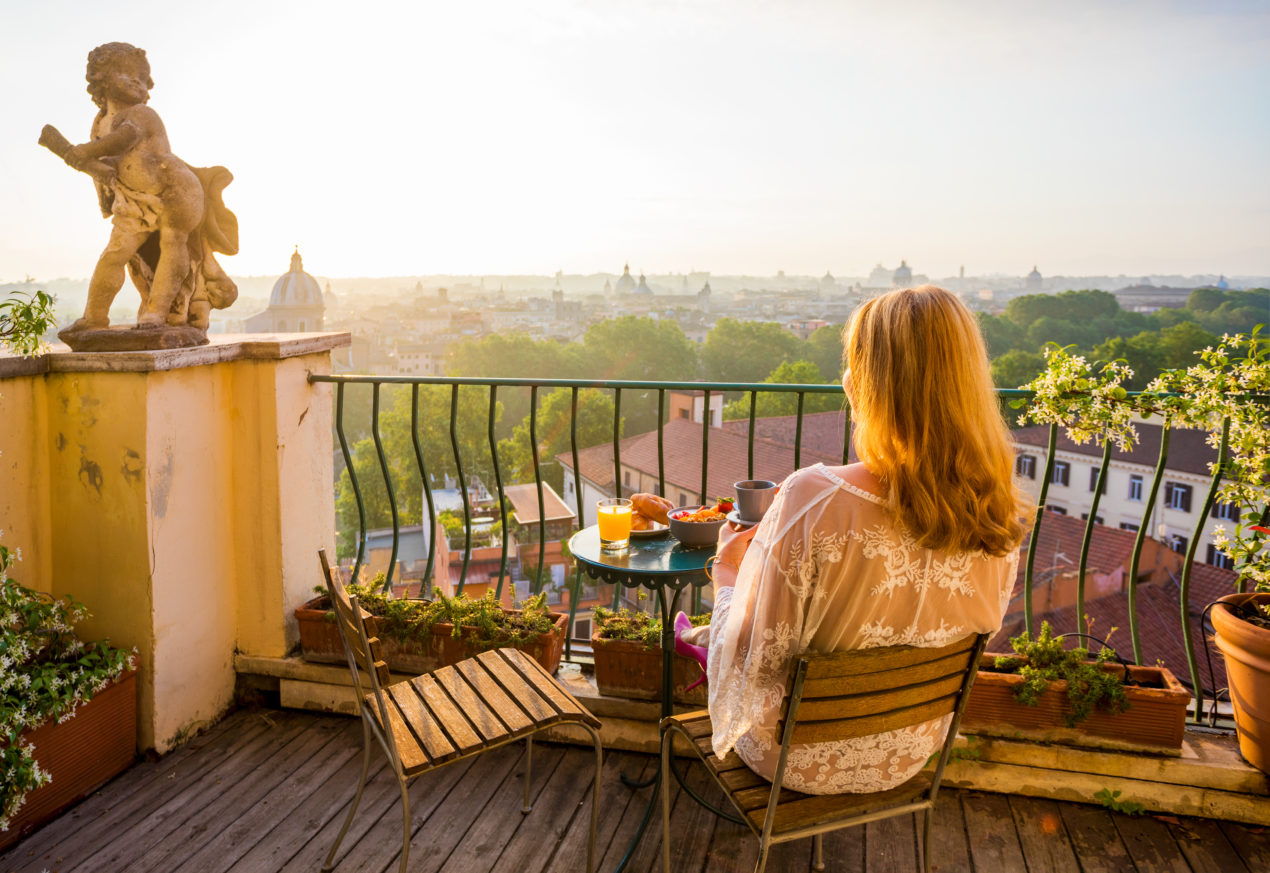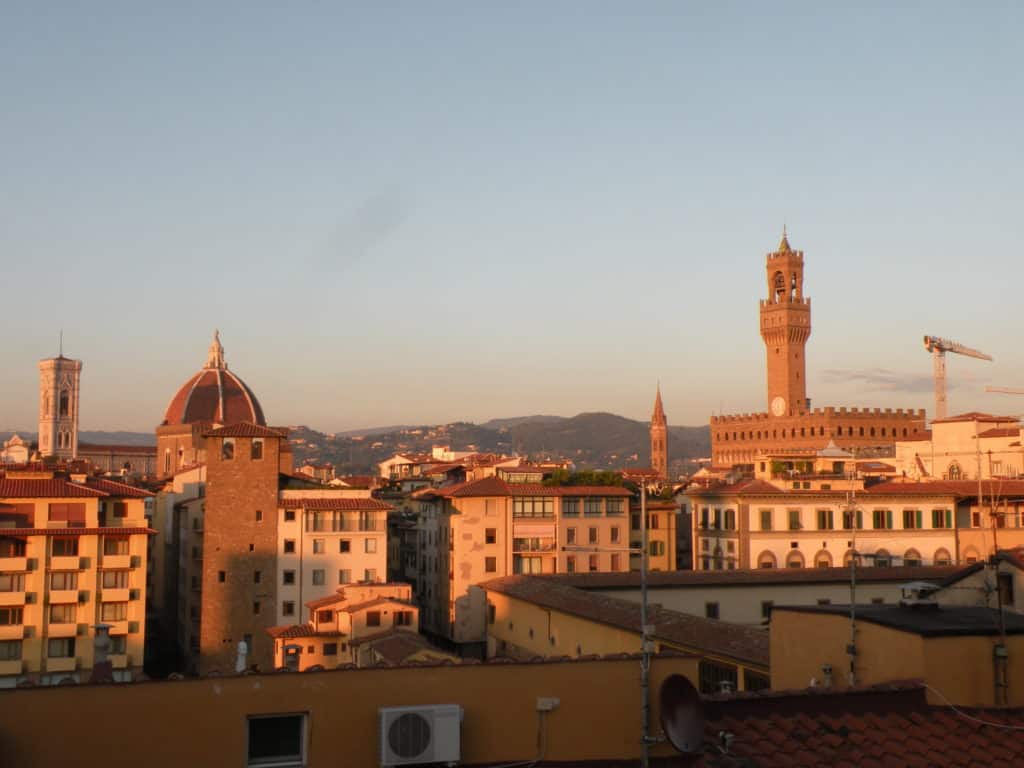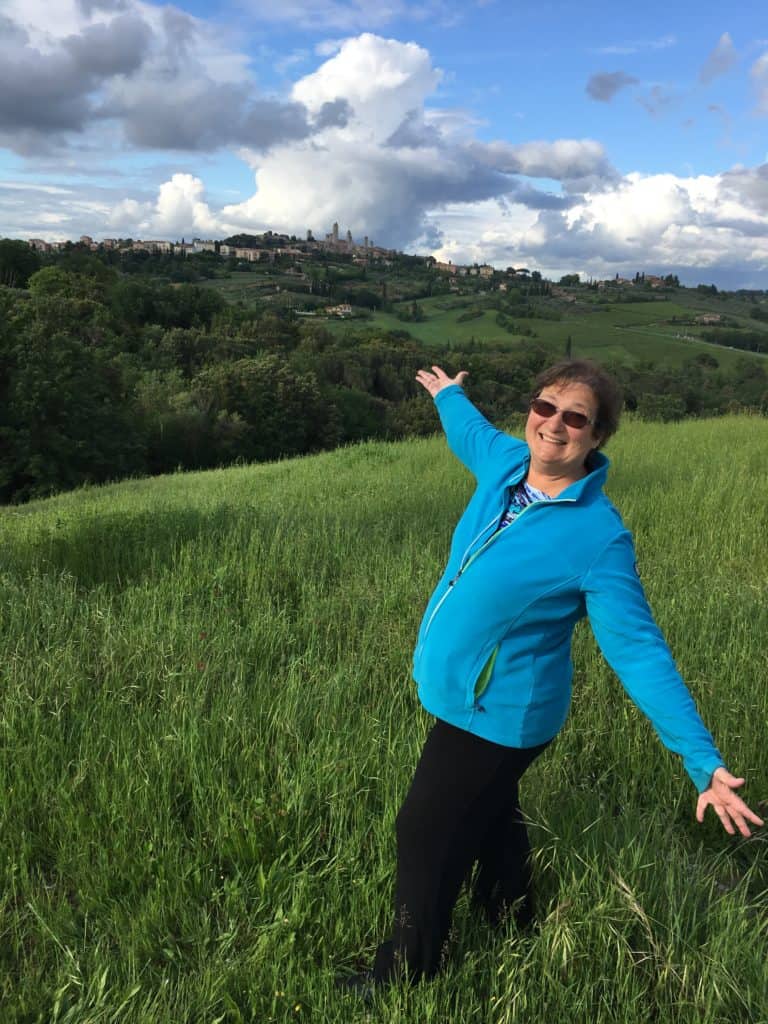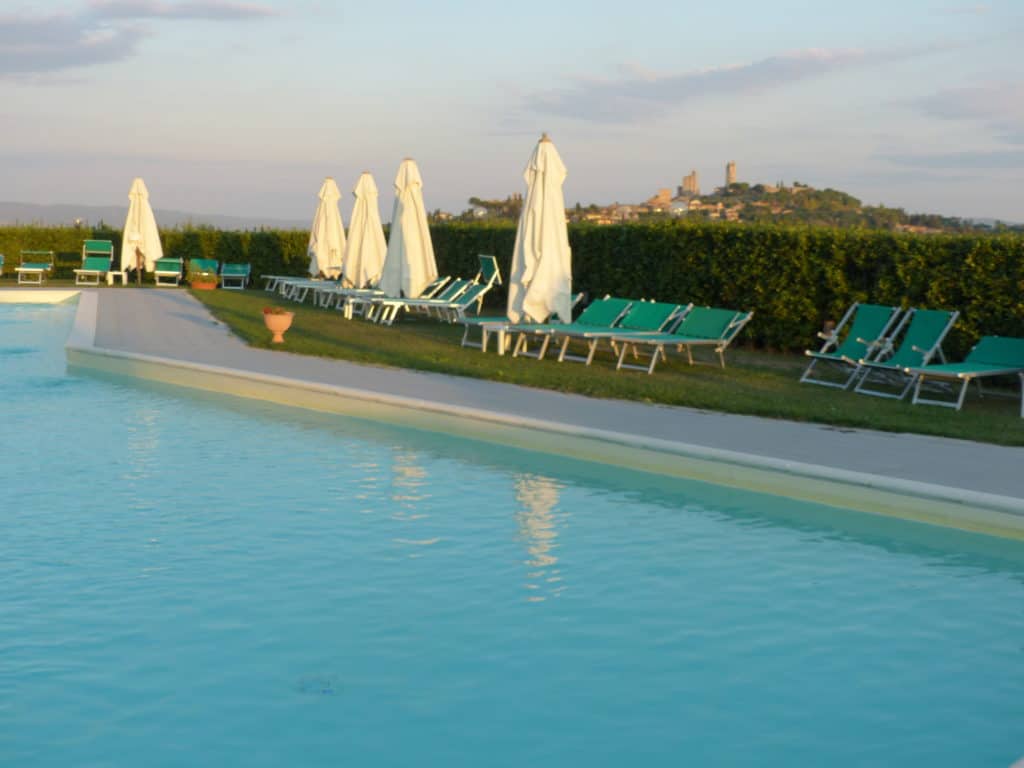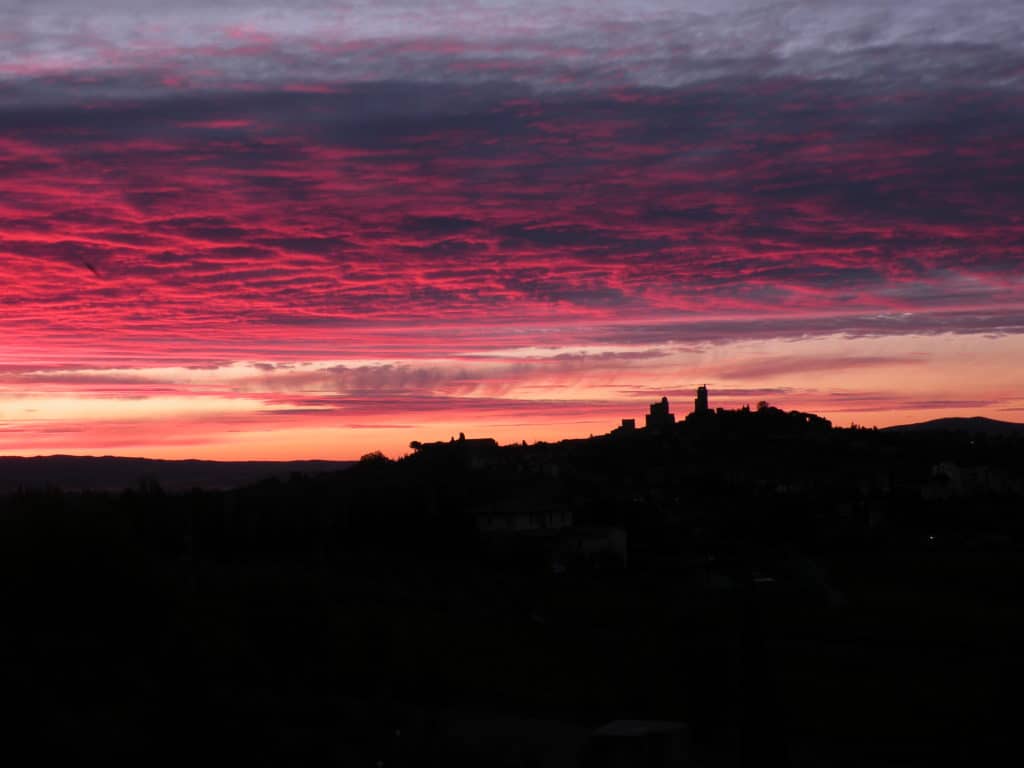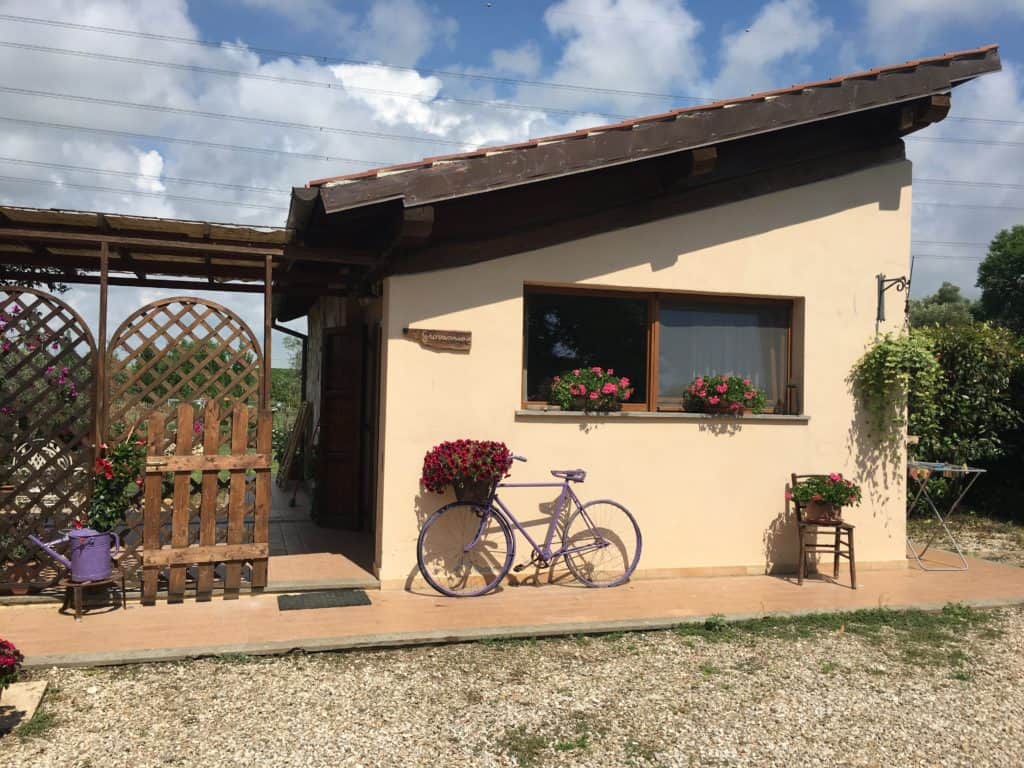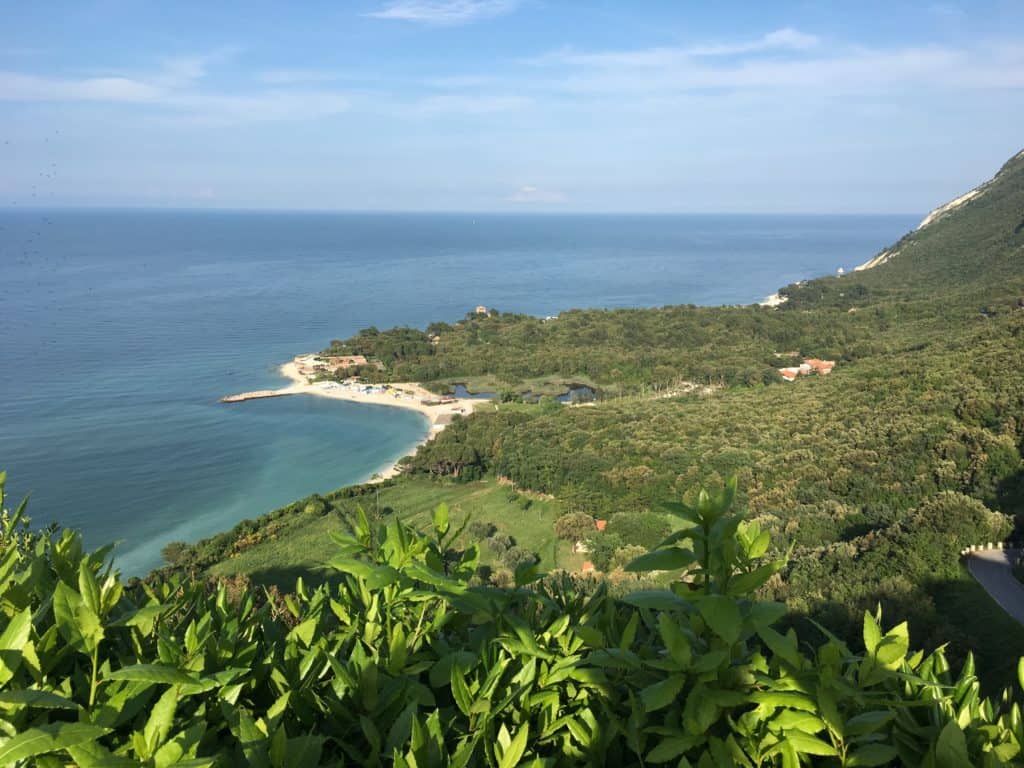How to Find Awesome Accommodation in Europe
Finding awesome and unique accommodation in Europe takes time and patience, but the rewards are worth it. Your enjoyment of travel increases immeasurably when you stay in memorable hotels and apartments that don’t break your budget.
I’m not talking about student hostels and cheap hotels here, because for me, comfort is key. While I recommend keeping track of your euros when you travel, I also recommend that you not sacrifice comfort to save money.
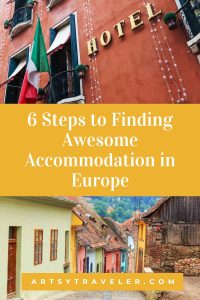
Let’s be honest! I’m not a student anymore, and my back appreciates a comfortable mattress. In addition, I like my accommodations to include WIFI in my room, a well-appointed bathroom with nice towels, air conditioning if the weather is hot, and plenty of space to move around.
Read on for my recommendations on finding the best accommodation in Europe. And note that some links to accommodations and other travel providers are affiliate links. If you click on one and book a stay, I get a small commission. Thank you!
My Accommodation Philosophy
After decades of traveling in Europe, I’ve come to believe wholeheartedly in spending a little more money to get awesome accommodations that I still rave about.
Sometimes, the difference between a mediocre 3-star property and an incredible 4-star property is negligible. The trick is to focus on value for money. I’d rather spend €200 on a fabulous hotel with a balcony overlooking the Mediterranean than €175 on a dumpy place with a broken ceiling fan overlooking an industrial park.
Oh yes, I’ve on occasion stayed in those kinds of places when trying to a little to hard to “save money”.
Costs for Accommodation in Europe
On Artsy Traveler, I recommend moderately priced accommodations in Europe that are comfortable and in the three-star to four-star range. My preferred budget is between €120-€250 per night, depending on location, for two people sharing. Yes, I know, that amount doesn’t sound very moderate. After all, I remember the days of traveling in Europe on $5 a day! But post-pandemic, prices have really risen.
And be prepared to pay more (sometimes much more) in Europe’s most popular tourist destinations such as Amsterdam, Paris, and Copenhagen and less in the countryside. Recently, I’ve been paying around €400 a night in the big cities, which I have to say is a bit on the high side.
However, I’ve learned that it’s much better to not cheap out when staying in big cities. Yes, you could find a budget place on the dreary outskirts, but you’ll spend hours commuting each way, and you’ll miss out on the ambiance and proximity to museums and other sites in the historic city centers. After all, that’s why you’ve traveled to Europe!
On a recent trip to Europe, four nights at an apartment with a terrace in the Loire Valley cost slightly less than one night in Paris. And I didn’t even book a particularly expensive place in Paris. However, the Citadines Saint-Germain-des-Prés was located right on the Seine in my favorite area of Paris. During a one-week stay, I almost never needed to take the Metro.
Tips for Finding Accommodations in Europe
Finding the right place takes time and patience. Use a variety of methods to find lodging in the European destinations you’re visiting. I favor booking.com because they keep track of all my bookings and because I can book and cancel easily. Several other agencies offer the same service, including Trivago, TripAdvisor, Hotels.com, and Expedia.
I also check the websites of individual hotels and refer to guidebooks. Fortunately, there’s no end of places to look for accommodations!
The challenge is how to get the biggest bang for your accommodation euro. And that’s the whole point of my six steps to ensuring accommodation awesomeness.
Step 1: Consider Location, Location, Location
Check maps to determine the location of the hotel you’re considering. If it’s on the outskirts, look at the surroundings. Will you be staying in a soul-sucking suburb or a park-like resort?
Thank goodness for Google Maps! Use it to check out ground views of the hotel. You’ll quickly figure out if the hotel looks run-down or if the neighborhood appears to be on the sketchy side.
If you’re driving, do not attempt to drive into the center of old historical towns and villages, especially in hill towns in Tuscany and Provence. The roads are very narrow, you may get ticketed, and finding parking can be horrifically difficult.
Either park your car in a nearby car park and walk with your luggage to the hotel, or choose a place outside the city walls.
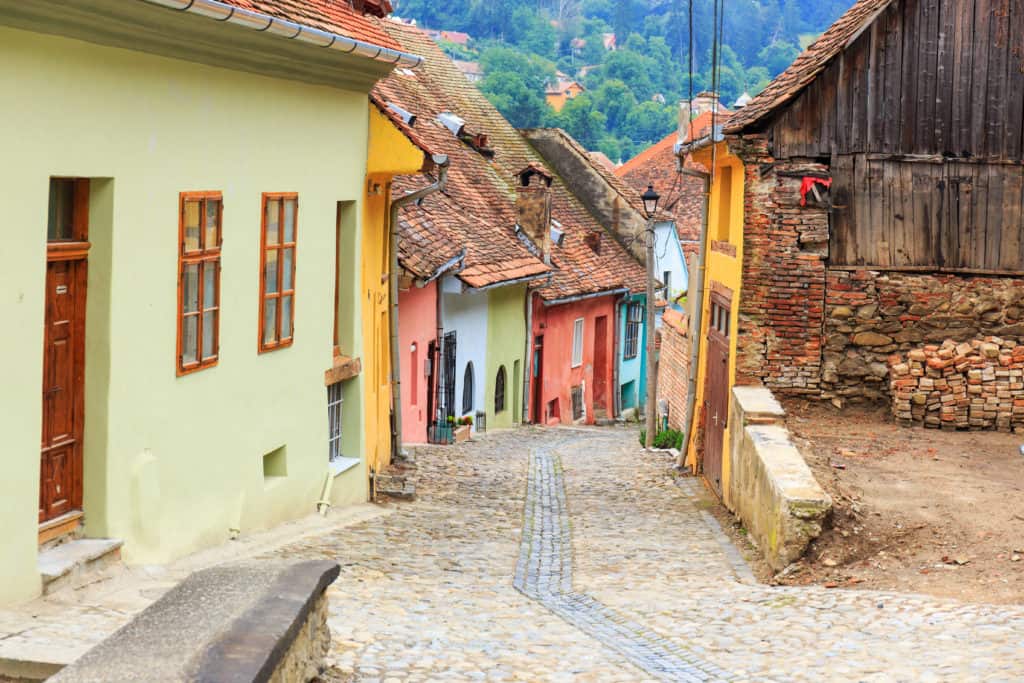
If you’re traveling by train, avoid hotels near the train station. They can be a bit scuzzy compared to hotels in the historic center that are typically several minutes’ walk or a taxi ride away from the station.
When I’m traveling by train, I always book the coolest, quaintest hotel I can find in the historic center. I want to make up for the times I traveled by car and had to opt for modern, outside-the-walls convenience.
Step 2: Identify Room Size
Sites such as booking.com always specify the size of the room in square meters. 15 square meters (about 160 square feet) or smaller is too small for two people and their luggage to fit comfortably.
In the middle of the night, I want to get to the bathroom without breaking my leg tripping over a suitcase.
I search for the largest room available within my budget and location options. Usually, rooms over 20 square meters are fine, but the bigger the better!
Step 3: Select the Accommodation Type
We favor hotels for one- or two-night stays and self-catering apartments or house rentals for longer stays. Hotels are great in big cities when you wish to take advantage of in-house restaurants and bars and want access to the services of the front desk staff.
When we drive into a city, we choose hotels that either include parking garages or offer valet parking so we don’t need to search for a spot on the street.
Apartments in cities work well when you want to settle in and live like a local. Buy food and a bottle of wine (so much cheaper than a restaurant!) at local stores, cook a meal, and really stretch out. Here’s an awesome apartment I stayed while visiting Copenhagen, Denmark.
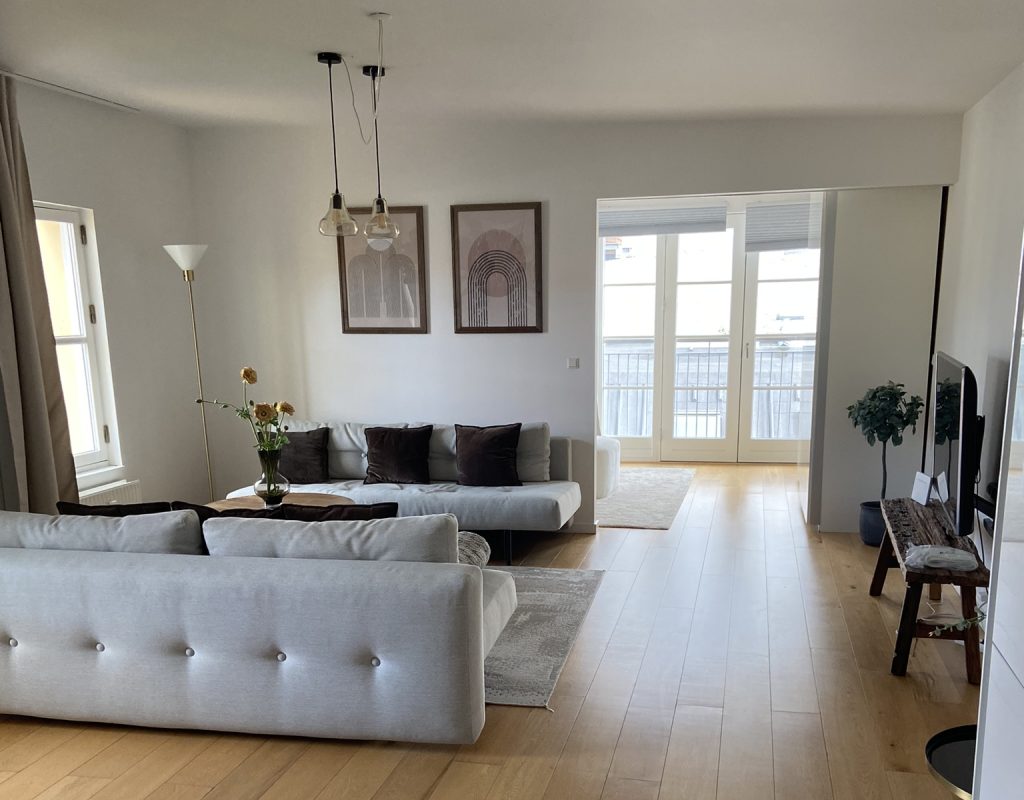
When staying in the countryside or in small towns or villages, check out options for renting a whole house. You’ll find many places listed on the travel websites. Here’s the gorgeous (and surprisingly affordable) house I stayed in during a one-week visit to Pont-Aven in Brittany.
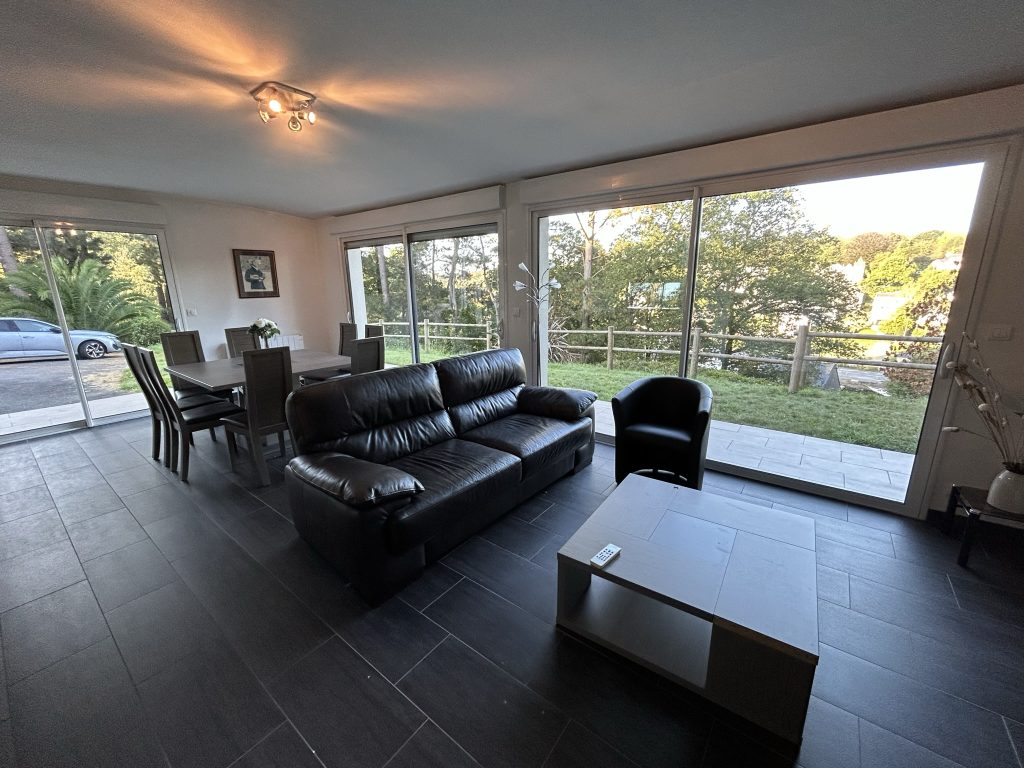
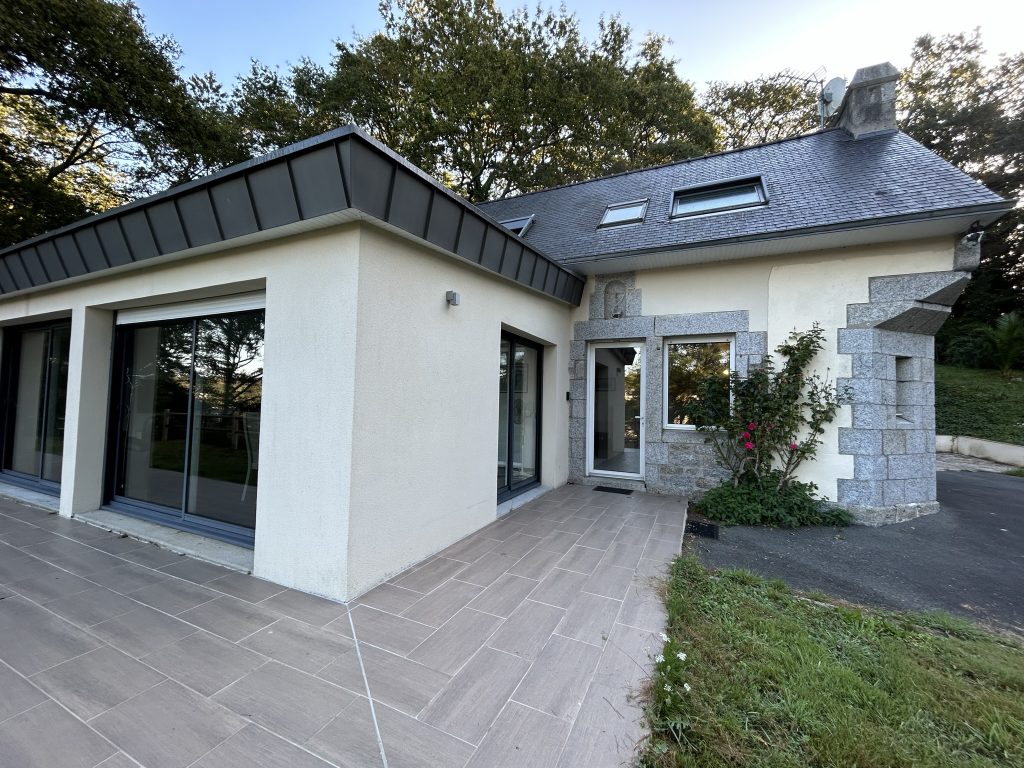
I’ve also enjoyed staying in agriturismo establishments, where you’ll likely eat produce grown steps from your front door.
Unique Accommodation Options
And for a truly special travel experience, explore options for staying in a castle, chateau, convent, monastery, or other historic building. Often these places are no more expensive than a regular hotel, and can really elevate your trip to Europe!
A great source for unique accommodations in Spain are Paradores. Here’s their website.
Where to Find Self-Catering Accommodations
You’ll find apartments on websites such as AirBnB, VRBO, and HomeAway. Lately, I’ve favored the ones listed on Booking.com because the booking and cancellation requirements are not as stringent as they are on other sites.
On a recent trip to Porto in Portugal, I rented a place on the top floor of a lovely old house with a view of the river. I paid a few euros more to have a fabulous breakfast delivered to my door every morning.
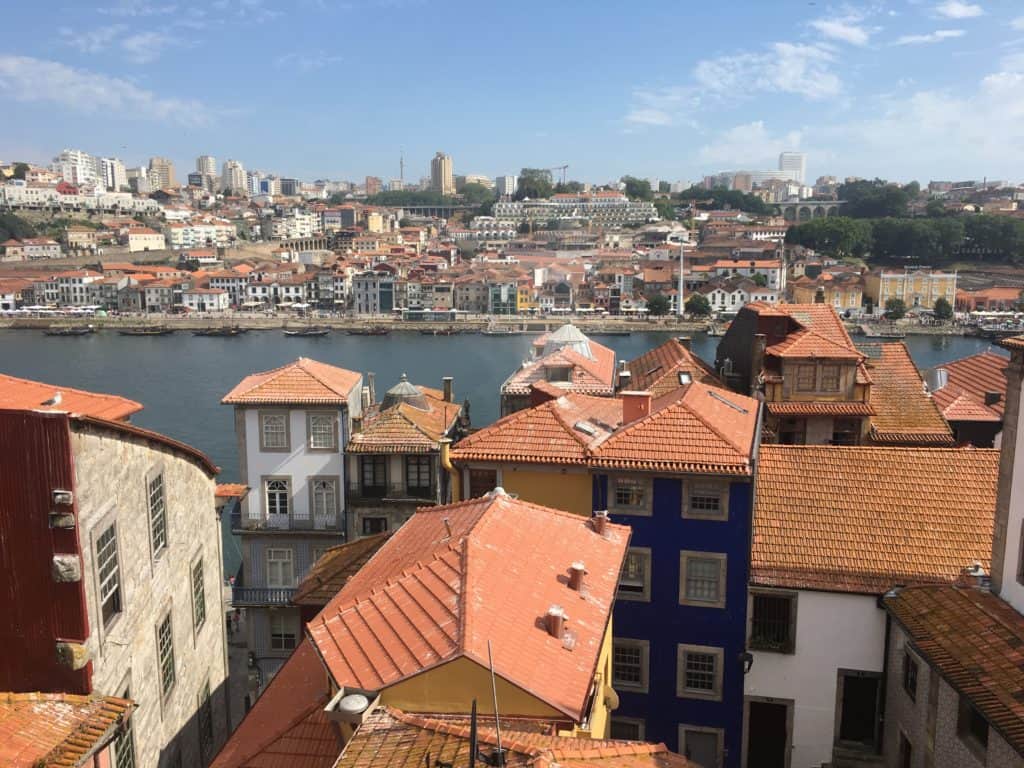
Spectacular!
Step 4: Check Accommodation Amenities
At a minimum, I want wireless networking (WIFI, pronounced WEE FEE in Europe) available in my room. Read the fine print. Some hotels offer WIFI only in the lobby and public spaces.
I also prefer bathtubs to showers, although they’re becoming increasingly rare. When traveling in the summer, I choose rooms with air conditioning, even when I’m traveling in the north and definitely when I’m traveling in the south. Summers are, regrettably, getting hotter. If you choose to travel during the summer months, do yourself a favor and make sure your room is air conditioned.
A fridge is also a necessity to store breakfast and picnic food.
And I like rooms with a balcony or terrace or at least a garden.
TIP: Pack a soft-sided, collapsible insulated bag. You’ll find it invaluable for keeping food cool-ish during transit. We fill ours with yogurts, cheeses, vegetables, and fruits, and buy fresh buns at local bakeries to make picnic lunches.
Step 5: Identify Cancellation Options
Choose rooms with free cancellation options until or unless you’re 100% sure you’ll be staying there. You never know what can happen, and to me, the money saved by choosing the no-cancellation option is not worth the risk.
I’ve been burned before!
Step 6: Pay Attention to Accommodation Ratings and Reviews
I pay attention to the reviews and the rankings on travel websites such as Trip Adivsor. A hotel that has an average rating of 6.8 out of 10 is a hard pass.
Occasionally I’ve chosen hotels in the high “7’s”, but 8.0 is typically my cut-off.
I also read a selection of the reviews. If a fair number of people grumble about cleanliness or unfriendly staff or funny smells, I move briskly on to the next listing.
Again, the key to making great accommodation choices is searching for value over price within your budget. If the difference between a hotel with a 9+ rating and one with a 7+ rating is not appreciable, always choose the hotel with the higher rating.
Make the Final Choice
Don’t wait too long to book your accommodation in Europe. I usually start at least six months in advance of my trip, and even then, I can have trouble finding exactly the properties I want.
If a property is not available on one website, try another website or go directly to the hotel’s website. Sometimes a property is listed as ‘sold out’ on a website like booking.com when rooms are available on other sites.

Stay flexible and be choosy.
Happy hunting!
Accommodation Recommendations
Here are links to my accommodation recommendations in several of the countries featured on Artsy Traveler. You’ll find many more recommendations in posts about specific destinations.
Do you have tips and suggestions for finding great places to stay in Europe, or recommendations for places you’ve stayed that you’d like to share? Please let me know in the Comments section below.
